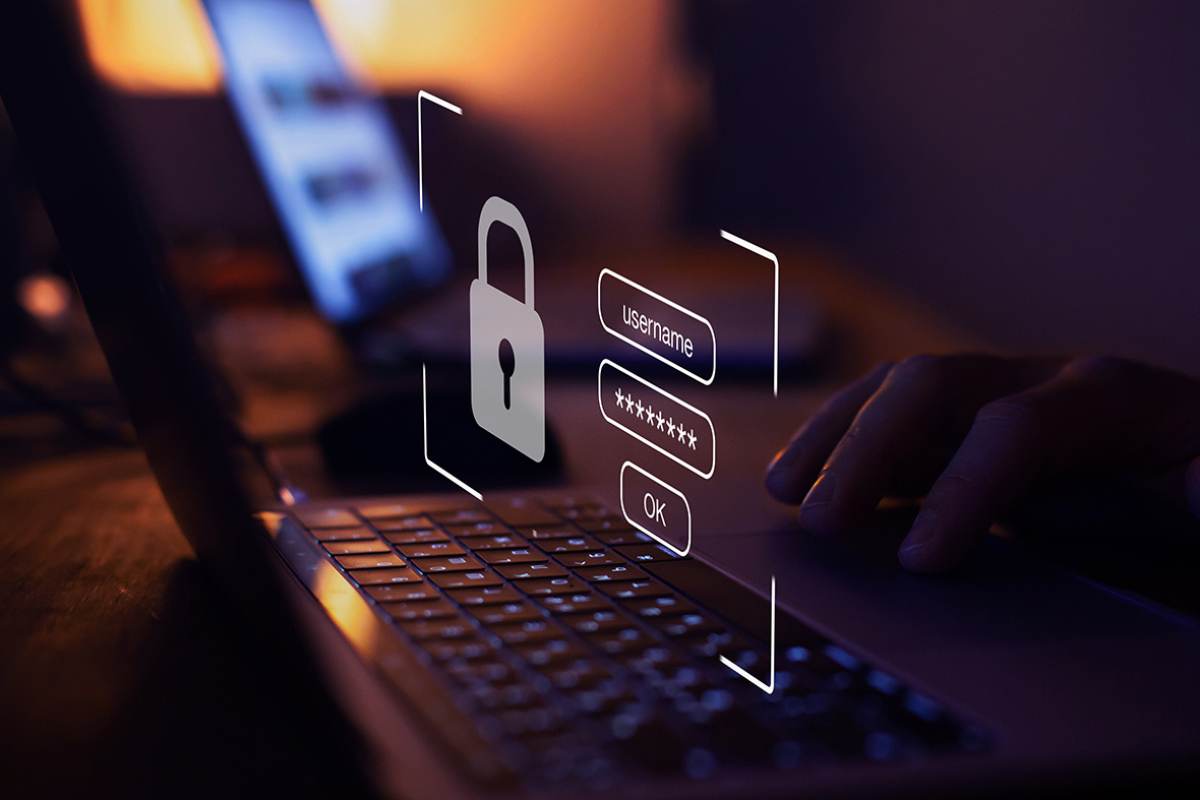In the digital era, nearly all aspects of our lives, from shopping and banking to socializing, are now online. This hyper-connected existence has turbo-charged productivity but also significantly increased the attack surface for hackers. Big-name cyberattacks are making the headlines nearly daily, and their price tag is enormous – one estimate puts cybercrime at $18 million a minute (approximately $9.5 trillion annually) worldwide. In this context, cybersecurity isn’t a purely technical challenge – it’s an issue of trust. Consumers increasingly use trust as a currency: 88% of consumers indicate that a company’s approach to cybersecurity impacts their purchasing choices. That is, firms that keep data secure earn consumer trust, while breaches can dissuade customers very rapidly.
In the mad dash to adopt cloud computing, mobile apps, IoT devices, and contactless payments, companies have tremendously enhanced convenience and efficiency. But these new digital technologies have also expanded the attack surface for hackers. In the real world, that translates into more potential points of entry for attackers – from inadequately secured servers and smart devices to workers’ laptops and third-party partners. Advanced attacks such as ransomware and phishing are booming. Take, for instance, the U.S. alone: the average data breach today costs $9.36 million. Worldwide, the average breach cost reached a record high of $4.88 million in 2024. Such breaches usually originate from fundamentals: human mistakes (phishing, forgotten passwords, misconfigurations) account for 88% of all cyber events. In summary, these days in the age of digitization, it is not just about innovating – organizations need to safeguard innovation and data, too.
Evolving Cyber Threats and Vulnerabilities
Businesses face a rapidly evolving threat landscape. Notable trends include:
- Ransomware and Cyber Extortion: Threat actors increasingly encrypt valuable systems and seek ransom in exchange for the decryption key. Healthcare and hospitals, especially, have become favorite targets. Ransomware has grown from a financial pain point to a public health crisis, bringing down clinics and endangering lives. Retail, manufacturing, and other industries also experience spikes in ransom requests. Recovery and lost productivity costs can be in the millions.
- Phishing and Credential Stealing: Credential misuse is the leading entry method. Approximately 30% of attacks are accomplished with compromised or stolen credentials. Phishing emails – and, increasingly, AI-powered phishing – trick workers into divulging passwords or clicking on harmful links. Attackers even use IT impersonation to reset passwords. However tight your software, people can still trick the system.
- Supply-Chain and Third-Party Attacks: Organizations increasingly depend on external vendors. This interdependence translates to an attack on one partner as a potential domino effect. An infected supplier can be used as an entry point for massive breaches. High-profile supply chain hacks in recent times have impacted thousands of companies simultaneously.
- AI and Deepfake Scams: Generative AI facilitates attackers to create more believable scams. Deepfake video and voice technology is used to impersonate executives or officials. Scammers deepfaked the CFO’s voice in one such case to fool employees into wiring $25 million. Such scams are increasing, and 52% of cybersecurity chiefs believe generative AI will make a devastating cyberattack possible shortly.
- Cloud and IoT Vulnerabilities: As businesses move to the cloud and connect billions of IoT devices, misconfigurations and vulnerable endpoints expose new vulnerabilities. Cloud-specific incursions are increasing dramatically. Internet-enabled devices – from webcams to industrial controllers – can be taken over if not secured.
Any company – large or small – is a viable target. It takes over 200 days, on average, to detect a breach. Attackers are not impatient and don’t give up easily.
Why Breaches Destroy Trust
When a breach occurs, it instantly hurts customer trust. In today’s interconnected world, word of a hack spreads quickly. In 2024 alone, data breaches revealed millions of records. These breaches don’t only cost money – they undermine trust. Fines from regulatory bodies for mismanaging data contribute to the bottom line.
Customers react to compromises. A survey reported that 10% of customers would cease purchasing from a company following a compromise. Yet another survey indicates that 7 out of 10 would cease shopping at a brand following a security breach. That means that one compromise can lead away a good chunk of future business. Trust is a differentiator today, and customers consider cybersecurity when making buying decisions.
Take heed, business executives: spending on security is worth it. Strongly defended companies experience fewer significant breaches and greater customer loyalty. Firms that pay attention to “digital trust” grow faster than others, with those that falter watching their brand lose credibility.
Regulators are also getting more involved. In 2024, the FTC and SEC ramped up enforcement. Corporations and even CEOs are now being penalized for not protecting data. New privacy regulations are taking effect worldwide, so trustworthiness is not only good for business but also compulsory by law.
Building Digital Trust Through Cybersecurity
If trust is the new currency, how do businesses gain and maintain it? The solution is in proactive security and transparency. It starts with.
- Make Cybersecurity a Board-Level Priority: Leadership needs to view security as a core strategy. Security discussions should be at executive meetings. A “culture of security” means everyone, from the CEO to new employees, knows its value.
- Apply Robust Data Defenses: These consist of firewalls, encryption, endpoint protection, and multi-factor authentication. Sensitive information must be encrypted in transit and stored. Robust authentication minimizes the exposure to credential theft. Regular patching and secure settings are paramount.
- Train and Enable Employees: As most breaches result from human error, employee education is important. Phishing, data, and password training can avoid inadvertent errors. Phishing simulations and transparent reporting processes breed vigilance.
- Control Third-Party Risks: Owing to the frequency with which supply chains are targeted, vendors need to be screened by businesses. Mandate partners adhere to security standards and add cybersecurity terms to agreements. Regular audits and access controls contain risk.
- Have a Proven Response Plan: No system is infallible. A quick, practiced breach response can recover lost trust. Firms should test breach scenarios and develop transparent playbooks for informing stakeholders, flipping systems, and recovering rapidly.
- Apply Transparency and Good Communication: When incidents do happen, timely disclosure is important. Customers demand honesty and transparency. Good privacy policies and good communication foster long-term trust. Staying quiet or covering it up can be worse than the incident itself.
Security has to be integrated into all products and processes. This “security by design” strategy ensures protection is not an afterthought but a core aspect of digital strategy.
The Human Factor: The Weakest Link or Strongest Asset
No amount of good technology is enough to overcome people. Human factors are involved in 68% to 88% of breaches. Attackers circumvent technical protection by taking advantage of trust, e.g., by pretending to be IT personnel or by using phishing schemes.
But people can also be the best defense. Businesses that educate and empower their employees provide a first line of defense. Cultures that promote reporting and learning from errors instill resiliency. When workers know that security is everybody’s responsibility, the whole organization becomes safer.
Being Ahead: Trends and the Future of Trust
Ahead, some of the most important trends will inform the future of cybersecurity:
- Artificial Intelligence: AI enables threat detection and automated response, but also facilitates more intelligent attacks. Good AI governance and oversight will be essential.
- Cloud-Native & Zero Trust Architectures: Organizations are implementing zero-trust architectures in which no device or user is trusted by default. This change enhances security but necessitates a rethinking of traditional network architecture.
- Regulation and Compliance: More regulations are being put in place around the world. Companies will have to remain nimble to accommodate changing privacy and security requirements.
- Quantum and Cryptography: Advances of the future, such as quantum computing,g might compromise existing encryption. Companies are probing quantum-resistant security approaches to remain forward-thinking.
- Emphasis on Trust Metrics: Trust is becoming quantifiable. Businesses are being benchmarked on the basis of security audits, customer trust, and insurance premiums. High scores for these metrics indicate a mature security stance.
Conclusion
In today’s digital world, cybersecurity is no longer an IT problem – it’s a business-imperative approach that has a direct impact on reputation, revenue, and survival. Trust is the new currency. Companies that earn that trust by having good security practices have a clear advantage: loyal customers, reduced risk, and enduring growth.
The message is simple: invest in cybersecurity now, or pay the price later. When resilience and trust are built properly, your reputation works for you every day of the year. Treat cybersecurity as a strategic priority, and you’ll find that trust pays dividends.
By embracing threats, adopting best practices, and putting trust at the forefront of strategy, businesses can make cybersecurity a source of competitive advantage. In today’s digital world, trust really is the new money, and cybersecurity is how you get it.






















